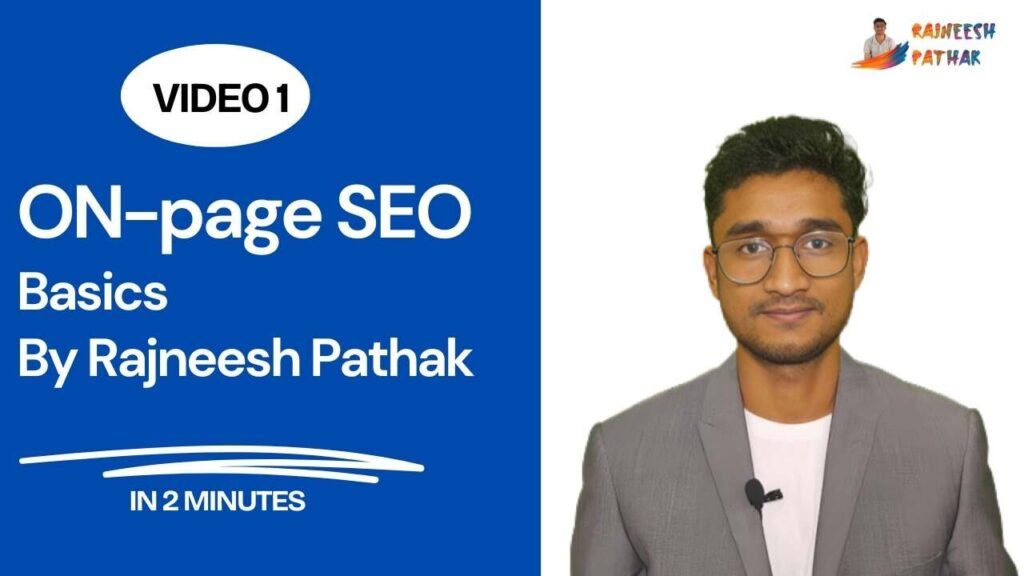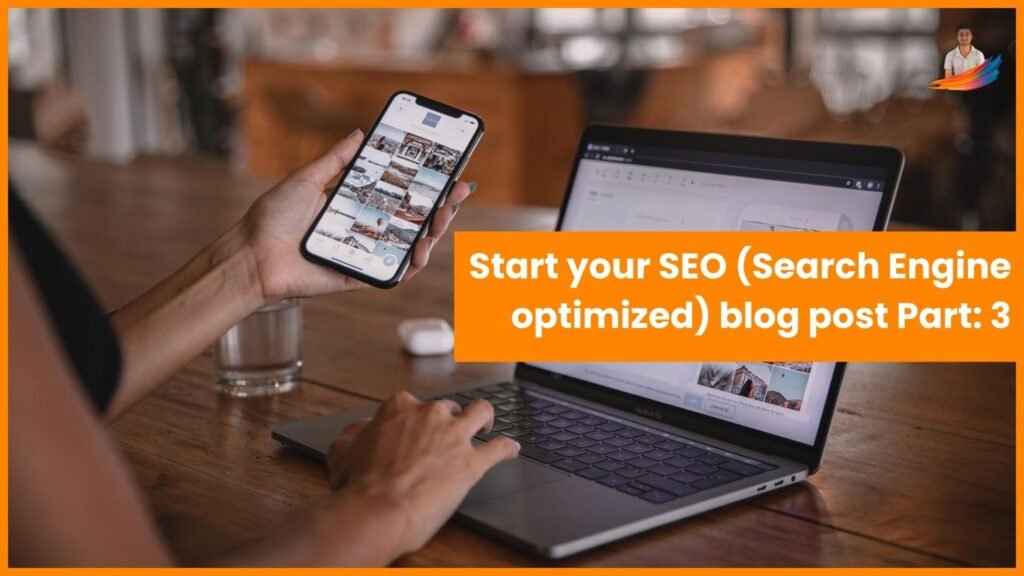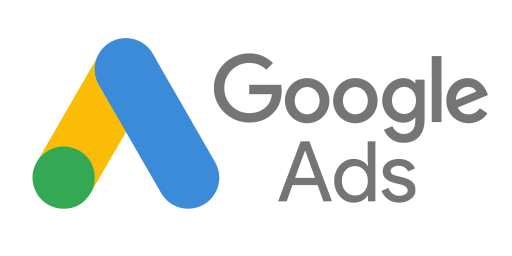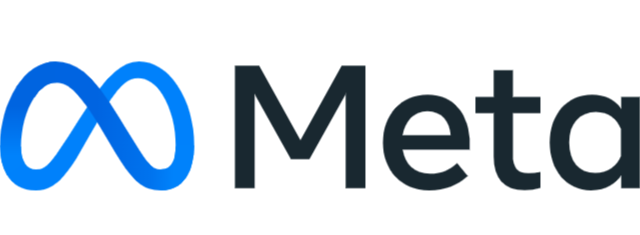How AI and Google Ads Revolutionizing Digital Advertising
Hello, I am Rajneesh Pathak today I am going to write about “ How Google ads revolutionizing digital advertising”. In the dynamic world of digital marketing, the synergy between artificial intelligence (AI) and Google Ads is creating groundbreaking opportunities for businesses. This collaboration is enhancing how companies reach their target audiences, optimize their ad spend, and achieve their marketing objectives. Here’s an in-depth look at how AI and Google Ads are transforming online advertising.
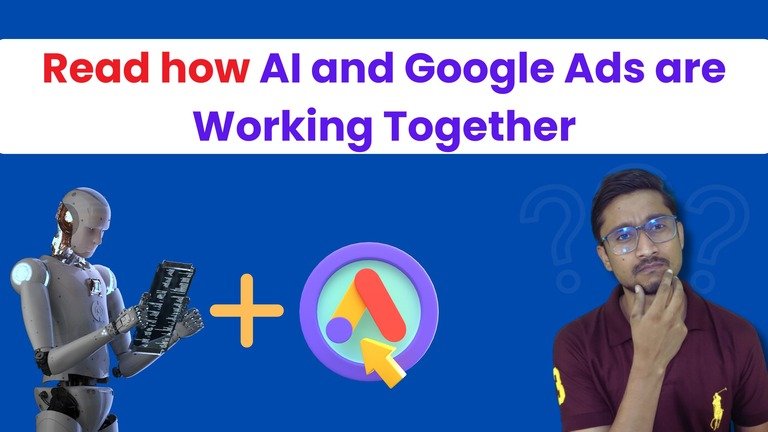
AI-Powered Google Ad Creation
One of the most significant ways AI is enhancing Google Ads is through automated ad creation. Google’s AI can analyze vast amounts of data to understand what types of ads perform best for different audiences. By mixing and matching various assets, such as headlines, descriptions, and images, AI can create personalized and meaningful ads that are more likely to convert1. This not only saves time for marketers but also ensures that ads are highly relevant to the target audience.
- Dynamic Ad Creation: AI can analyze vast datasets to understand which combinations of headlines, descriptions, and images perform best. By leveraging machine learning algorithms, AI can dynamically generate ad variations tailored to different audience segments. This ensures that each user sees the most relevant and engaging as possible.
- Personalization at Scale: AI enables the creation of highly personalized ads at scale. By understanding user preferences and behaviors, AI can craft ads that resonate on a personal level, increasing the likelihood of engagement and conversion.
Smart Bidding Strategies in Google Ad
AI plays a crucial role in optimizing bidding strategies on Google Ads. Traditional manual bidding can be time-consuming and less effective. With AI, Google Ads can automatically adjust bids in real time based on various factors, such as user behavior, device type, location, and time of day1. This smart bidding approach helps businesses maximize their return on investment (ROI) by ensuring that their ads are shown to the right people at the right time.
- Real-Time Bid Adjustments: AI-powered smart bidding strategies allow for real-time bid adjustments based on a multitude of factors, including user behavior, device type, location, and time of day. This ensures that ads are shown to the right people at the right time, maximizing the chances of conversion.
- Predictive Analytics: AI uses predictive analytics to forecast the potential performance of different bidding strategies. By analyzing historical data and current trends, AI can recommend the optimal bid amounts to achieve the desired outcomes, such as clicks, conversions, or impressions.
Enhanced Targeting and Audience Segmentation
AI enables more precise targeting and audience segmentation in Google Ads. By analyzing user data and behavior patterns, AI can identify specific audience segments that are most likely to engage with an ad2. This allows marketers to create highly targeted campaigns that resonate with their intended audience. Additionally, AI can continuously learn and adapt, refining targeting strategies over time to improve campaign performance. AI is enhancing the precision of targeting and audience segmentation in Google Ads.
- Behavioral Analysis: AI can analyze user behavior patterns to identify specific audience segments that are most likely to engage with an ad. This includes factors such as browsing history, search queries, and social media interactions.
- Lookalike Audiences: AI can create lookalike audiences by identifying users who share similar characteristics with existing customers. This allows businesses to expand their reach to new potential customers who are likely to be interested in their products or services.
- Continuous Learning: AI continuously learns and adapts to changes in user behavior. This means that targeting strategies are always up-to-date, ensuring that ads remain relevant and effective over time.
Performance Insights and Optimization
AI-powered tools in Google Ads provide valuable insights into campaign performance. These tools can analyze data to identify trends, patterns, and areas for improvement3. For example, AI can highlight which keywords are driving the most conversions or which ad creatives are performing best. Marketers can use these insights to optimize their campaigns, making data-driven decisions that enhance overall effectiveness. AI-powered tools provide deep insights into campaign performance, enabling continuous optimization.
- Data Analysis: AI can analyze large volumes of data to identify trends, patterns, and areas for improvement. For example, it can determine which keywords are driving the most conversions or which ad creatives are performing best.
- Automated Recommendations: Based on its analysis, AI can provide automated recommendations for optimizing campaigns. This might include suggestions for adjusting bids, changing ad copy, or targeting new audience segments.
- A/B Testing: AI can facilitate A/B testing by automatically running multiple versions of an ad and determining which one performs best. This allows marketers to make data-driven decisions and continuously improve their campaigns.
Automated Reporting and Analysis
AI simplifies the reporting and analysis process in Google Ads. Instead of manually compiling data and generating reports, AI can automate these tasks, providing marketers with real-time performance metrics3. This automation not only saves time but also ensures that marketers have access to accurate and up-to-date information. With AI-driven reporting, businesses can quickly assess the success of their campaigns and make necessary adjustments.
- Real-Time Reporting: AI can generate real-time reports that provide up-to-date performance metrics. This allows marketers to quickly assess the success of their campaigns and make necessary adjustments.
- Customizable Dashboards: AI-powered tools offer customizable dashboards that display key performance indicators (KPIs) in an easy-to-understand format. Marketers can tailor these dashboards to focus on the metrics that matter most to their business.
- Predictive Insights: AI can provide predictive insights that help marketers anticipate future trends and adjust their strategies accordingly. This proactive approach ensures that campaigns remain effective in a constantly changing digital landscape.
Conclusion
The integration of AI and Google Ads is transforming the digital advertising landscape. From automated ad creation and smart bidding strategies to enhanced targeting and performance insights, AI is helping businesses achieve their marketing goals more efficiently and effectively. As AI technology continues to advance, we can expect even more innovative solutions that will further enhance the capabilities of Google Ads.
By leveraging the power of AI, businesses can stay ahead of the competition and deliver more personalized, impactful ads to their target audiences. The future of digital advertising is here, and it’s powered by AI and Google Ads working together.
Thank you
read these blogs



